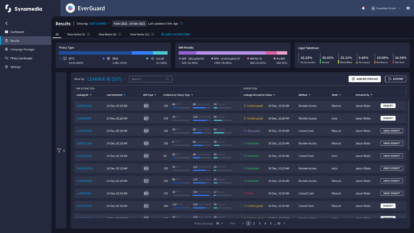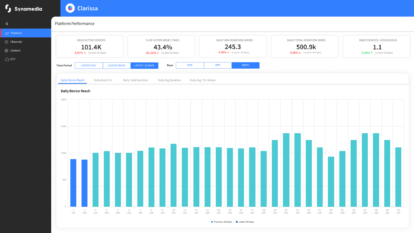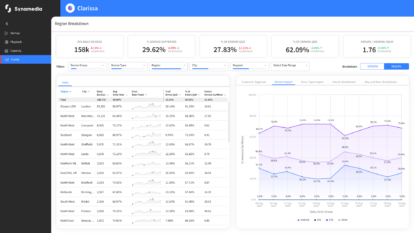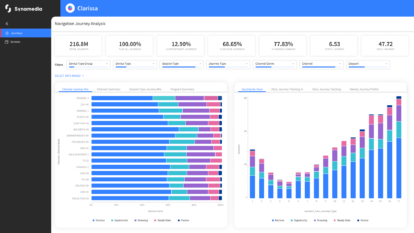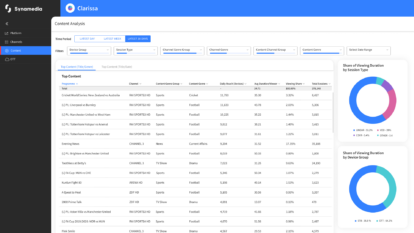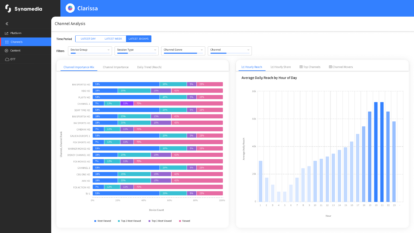Current Adaptive Bitrate (ABR) technologies such as the Apple HLS solution are very effective for delivering live streaming experiences to any device. However, these technologies create quite a bit of latency. This is not good for the user experience. After all, nothing is more frustrating than hearing cheers from a neighboring house watching the same football game as you seconds before you see the goal yourself. Therefore we have implemented a number of low latency streaming technologies such as LL DASH and LL HLS, drastically reducing latency to within seconds of real-time.
But how about latency in channel zapping? With analog TV, instant channel change times meant we didn’t give a second thought to flipping away during a commercial break to catch a few minutes of BBC before making it back on time to your World of Dance episode. However, with the introduction of IPTV and devices which require HTTP Adaptive Streaming (HAS) protocols, it can take up to two to three seconds for the picture on a new channel to show up on your screen.
ABR technology must download enough video information before it can start a new stream, but depending on factors such as network bandwidth and device buffering, you may be staring at the loading spinner for longer than is ideal. While popular streaming protocols like HLS and DASH enable broadcast-equivalent latency for streams, they still create noticeable channel zapping delays.
Cut channel zapping delays with HESP
Fortunately, you don’t have to choose one or the other. As a founding member of the HESP Alliance along with THEO Technologies, we’ve developed the High Efficiency Streaming Protocol (HESP) which can deliver the sub-second latency that viewers expect while enabling consistent, ultra-fast sub-100ms channel zapping times.
HESP’s frame-based streaming approach is Common Media Application Format (CMAF) compliant and fully software-based, enabling it to work with operators and ABR protocols to respond to all different kinds of network conditions and integrate into service providers’ existing players on their video platforms.
Furthermore, using HESP specifications, operators can leverage Transmission Control Protocol (TCP) for primary distribution from content providers to move away from transport streams, which can have network quality constraints, to more flexible network technology like HTTP.
Aim for near real-time zapping
While content is king and brings in viewers, quality of experience is what keeps viewers engaged. HESP enables viewers to experience both sub-second latency and near real-time zapping times for optimized entertainment experiences. To learn more about HESP go to https://www.hespalliance.org/
This blog is part of our series of Compression Coffee Break posts – aimed to provide you with small “snacks” of information about the benefits of compression and other video distribution, delivery and processing, along with the industry challenges they will help overcome. Keep an eye out on our blog for more – we promise delays will be minimal, just like watching live sports events powered by our technology.
About the Author
Nick Fielibert is chief technology officer for Synamedia’s video network business. Drawing on his deep understanding of the cable, broadcast and telecommunications industries, Nick is responsible for the strategic direction and solutions architectures for the entire video network portfolio.
Nick has over 30 years’ experience in the video industry and previously held senior positions at Cisco, Scientific Atlanta and Barconet. Nick holds a master of science in Electrical Engineering from the University of Ghent, Belgium.
